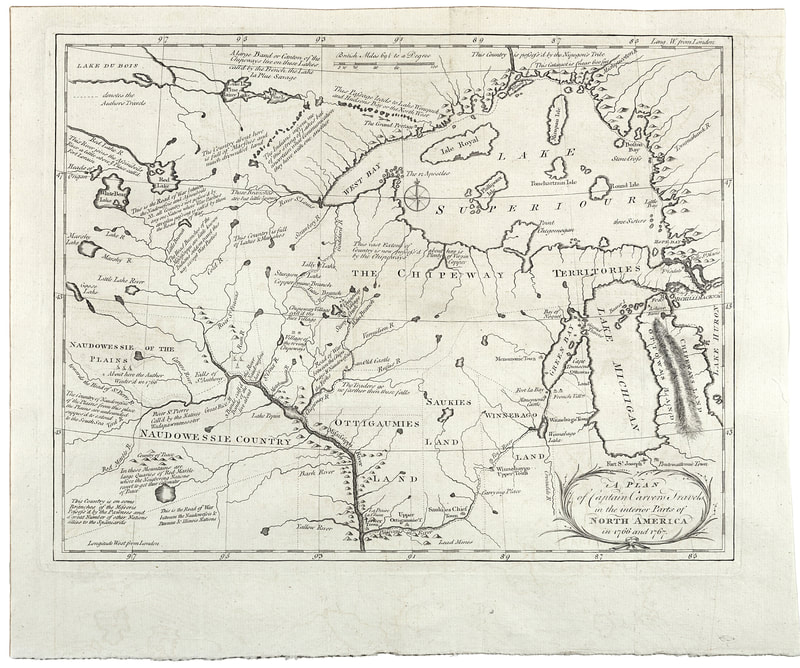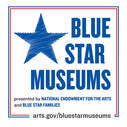COLLECTION GALLERY 6
Overland to the Pacific
Many people living in colonial America, knowing of the treasure being extracted in Mexico and the Southwest, undoubtedly considered exploring an overland route to the Pacific. The first person known to have made the attempt was Jonathan Carver, an American-born officer who served with the British forces in the French and Indian Wars (1755-1760). Carver penetrated only as far as present-day Minnesota, but his journals were widely read and the accompanying maps carefully studied. Carver was the first to use the word Oregon in print as it was he who supplied The River Oregon as an alternate name for the rumored River of the West that was purported to flow from the interior of the continent to the Pacific.
The improved instruments and accurate time-keeping devices used by Cook, Vancouver and other made possible the precise determination of the latitude and longitude of various points along the west coast of the continent. One could then accurately calculate the distance from points inland to the west coast. This computational ability, combined with the belief that there were major westward-flowing rivers (the River of the West or the River Oregon, and Columbia's River), inspired many, including particularly Thomas Jefferson as president, to contemplate an overland expedition to the Pacific Ocean.
Overland to the Pacific
Many people living in colonial America, knowing of the treasure being extracted in Mexico and the Southwest, undoubtedly considered exploring an overland route to the Pacific. The first person known to have made the attempt was Jonathan Carver, an American-born officer who served with the British forces in the French and Indian Wars (1755-1760). Carver penetrated only as far as present-day Minnesota, but his journals were widely read and the accompanying maps carefully studied. Carver was the first to use the word Oregon in print as it was he who supplied The River Oregon as an alternate name for the rumored River of the West that was purported to flow from the interior of the continent to the Pacific.
The improved instruments and accurate time-keeping devices used by Cook, Vancouver and other made possible the precise determination of the latitude and longitude of various points along the west coast of the continent. One could then accurately calculate the distance from points inland to the west coast. This computational ability, combined with the belief that there were major westward-flowing rivers (the River of the West or the River Oregon, and Columbia's River), inspired many, including particularly Thomas Jefferson as president, to contemplate an overland expedition to the Pacific Ocean.










